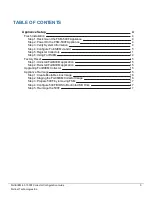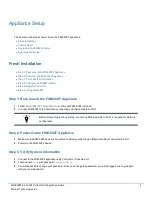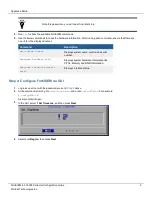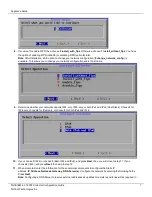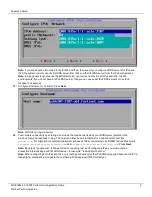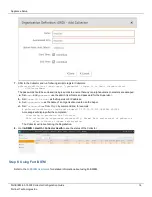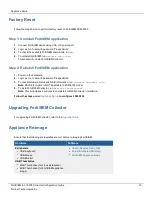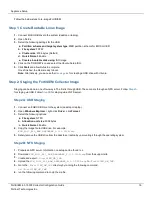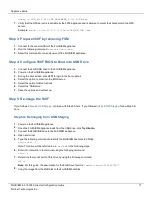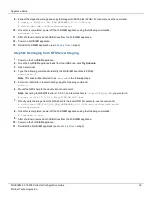
Appliance Setup
Note
: If you chose option
3
in step 9 for both IPv4 and IPv6, then even if you configure 2 DNS servers for IPv4 and
IPv6, the system will only use the first DNS server from IPv4 and the first DNS server from the IPv6 configuration.
Note
: In many dual stack networks, IPv4 DNS server(s) can resolve names to both IPv4 and IPv6. In such
environments, if you do not have an IPv6 DNS server, then you can use public IPv6 DNS servers or use IPv4-
mapped IPv6 address.
13.
Configure Hostname for Collector. Press
Next
.
Note
: FQDN is no longer needed.
14.
Test network connectivity by entering a host name that can be resolved by your DNS Server (entered in the
previous step) and responds to ping. The host can either be an internal host or a public domain host like
google.com
. For migration to complete, the system still needs https connectivity to FortiSIEM OS update servers:
os-pkgs-cdn.fortisiem.fortinet.com
and
os-pkgs-c8.fortisiem.fortinet.com
. Press
Next
.
Note
: By default, “google.com” is shown for the connectivity test, but if configuring IPv6, you must enter an
accessible internally approved IPv6 DNS server, for example: “ipv6-dns.fortinet.com"
Note
: When configuring both IPv4 and IPv6, only testing connectivity for the IPv6 DNS is required because the IPV6
takes higher precedence. So update the host field with an approved IPv6 DNS server.
FortiSIEM 6.3.1 500F Collector Configuration Guide
9
Fortinet Technologies Inc.



